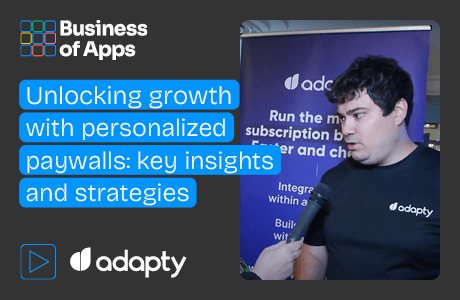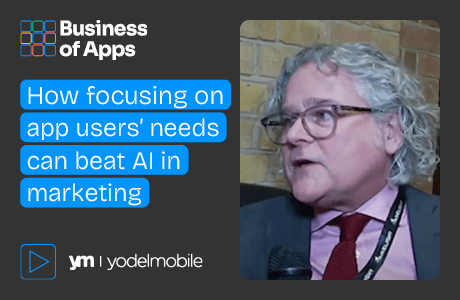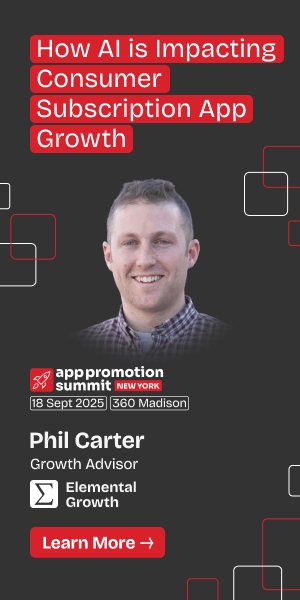For all the advances in mobile marketing—from smarter ads to increasingly intelligent CRM flows—many brands are still held back by one simple problem: internal silos. In this episode of the Business of Apps podcast, Reed Kuhn, Head of Business Strategy at Branch, explains how even the most sophisticated teams can undermine themselves when mobile and web channels are treated as separate kingdoms rather than two sides of the same user journey.
“You’d think people working in the same company, standing at the same water cooler, would realize they’re on the same team,” says host Artem Dogtiev. But as Reed recalls, “We saw these results. We’d been running [a banner campaign] for a month. Thousands of people were installing the app—and the mobile web team was just raising hell. They were mad that we’d stolen all these customers.”
This isn’t just a human problem. It’s structural. According to Reed, legacy organizations—especially those that predate the internet—are more likely to be organized by channels rather than user outcomes. That mindset creates blind spots and inefficiencies that can cost millions in missed growth and operational waste.
From deep linking to deep savings
Branch is best known for its deep linking and attribution platform, but Reed says their most forward-thinking clients aren’t just tracking conversions—they’re using mobile apps as cost-reduction tools. Companion apps, especially in sectors like banking, insurance, and travel, reduce support calls, increase opt-ins, and drive long-term loyalty.
“We’ve worked with brands who know exactly how much a single phone call costs,” Reed explains. “If you can deflect even a fraction of those calls into app self-service, you’re not just improving UX—you’re saving real dollars.”
One example? Adding a QR code to paper mail that opens the opt-in page inside the app can save a bank $37 per customer per year. Multiply that across millions of users and you start to see how app adoption isn’t just a growth lever—it’s a margin play.
A framework for smarter growth
Reed breaks the mobile app world into two big buckets: commerce apps and companion apps. While commerce apps focus on conversion and repeat purchases, companion apps support ongoing engagement—think utilities, airlines, or streaming services. The growth levers differ for each:
- For apps with low adoption, focus on owned channels like QR codes, smart banners, and web-to-app strategies to get users into the app.
- For high-adoption apps, the priority is what comes next—like deep linking from CRM emails or leveraging user sharing features to drive viral loops.
In fact, some of the most effective strategies Reed sees today involve turning users into marketers. “Spotify, for instance, is viral because it’s hard to find content without help. So when someone shares a playlist, that link becomes a discovery engine,” he says. “The same idea applies to retail, entertainment, and even news. It’s free MAU growth.”
Future-proofing in the age of AI
Looking ahead, AI is shifting how users discover and interact with brands. Search traffic is already declining for information-heavy sectors, and Reed predicts a near future where AI agents transact with apps directly—either through APIs or via smart, branded user flows.
“Imagine saying to your AI assistant, ‘Order my usual from that fast food place,’ and the transaction happens entirely behind the scenes,” he says. “That’s where we’re headed. But only the brands that prepare now—by building clean, accessible pathways—will benefit.”
In an era of shrinking attention and rising expectations, the brands that win will be those that make life easy—for both their users and their internal teams. As Reed put it, “If you could wave a wand and have everyone download your app, what would change? That’s your north star.”
The episode with Reed Kuhn is now live, dive in to explore how smarter mobile strategies—and fewer internal silos—can unlock better growth.












